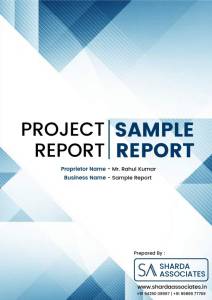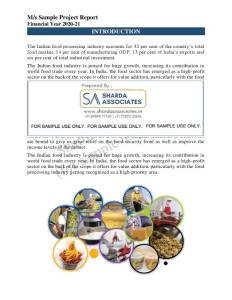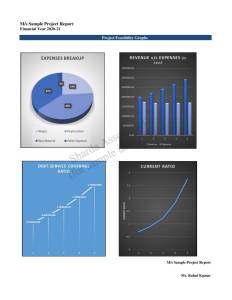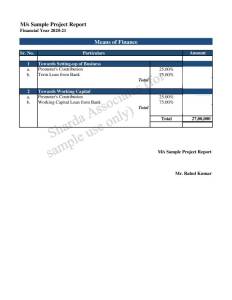Project Report For Cotton Knitted Fabrics
Introduction
Project report for Cotton Knitted Fabrics is as follows.
Cotton knitted fabric is a type of textile made from cotton yarns that have been knitted together using a series of interlocking loops.
The resulting fabric is stretchy and comfortable to wear, with a soft, smooth texture. Knitted cotton fabric is commonly used in a variety of clothing and textile applications, including T-shirts, sweatshirts, socks, and underwear.
Cotton knitted fabrics can be made using a variety of knitting techniques, including single jersey, rib, and interlock. Single jersey is the most common type of knitted cotton fabric, and is characterized by a smooth, flat surface on one side and a looped surface on the other.
Rib knits are characterized by raised vertical lines on the surface of the fabric, and are commonly used for collars, cuffs, and waistbands.
Interlock knits are thicker and more stable than other types of knits, and are often used for heavy-duty applications like upholstery and industrial fabrics.
Cotton is a popular choice for knitted fabrics because it is breathable, comfortable, and easy to care for. It is also a durable and long-lasting material that can withstand regular wear and tear.
Cotton knitted fabrics can be made in a wide range of colors and patterns, making them versatile and adaptable to a variety of design applications.
In summary, cotton knitted fabric is a stretchy and comfortable textile made from interlocking cotton yarns using various knitting techniques.
It is commonly used in clothing and textile applications, and is valued for its breathability, comfort, and durability.
Market Potential Of Cotton Knitted Fabric
The global market size of cotton knitted fabric is significant, with a value of approximately USD 27.4 billion in 2020, according to a report by ResearchAndMarkets.com. The market is expected to grow at a compound annual growth rate (CAGR) of 4.6% from 2021 to 2028, reaching a value of USD 38.2 billion by 2028.
Cotton knitted fabric is a versatile material used in a wide range of industries, from fashion to home decor.
The market size of cotton knitted fabric is influenced by several factors such as consumer demand, fashion trends, raw material availability, and global economic conditions.
The Asia-Pacific region is the largest market for cotton knitted fabric, accounting for more than 60% of the global market share in 2020.
This is due to the high demand for cotton knitted fabric in countries such as India, China, and Bangladesh, which are major textile manufacturing hubs.
North America and Europe are also significant markets for cotton knitted fabric, driven by the growing demand for sustainable and organic cotton textiles, as well as the increasing popularity of athleisure and sports fashion.
The apparel industry is the largest consumer of cotton knitted fabric, followed by the home textile industry.
The growing trend of athleisure wear and the increasing popularity of sustainable and eco-friendly fashion are expected to boost the demand for cotton knitted fabric in the coming years.
However, the market size of cotton knitted fabric can also be affected by challenges such as increasing competition from synthetic fabrics, fluctuating raw material prices, and the environmental impact of textile production.
In conclusion, the global market size of cotton knitted fabric is expected to continue to grow in the coming years, driven by increasing consumer demand for comfortable and sustainable fashion, the growth of the apparel and home textile industries, and the presence of major players in the textile industry.
Project Report Smaple On Cotton Knitted Fabrics
Need Help?
Create 100% Bankable Project Report





